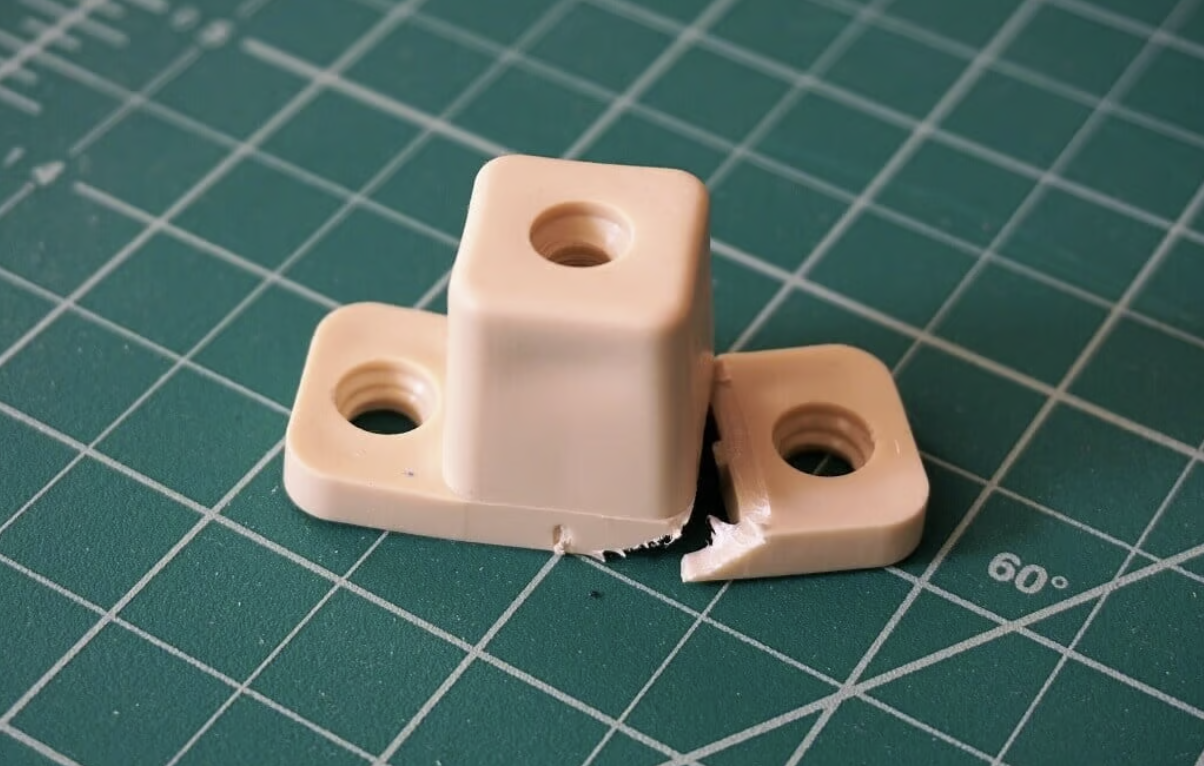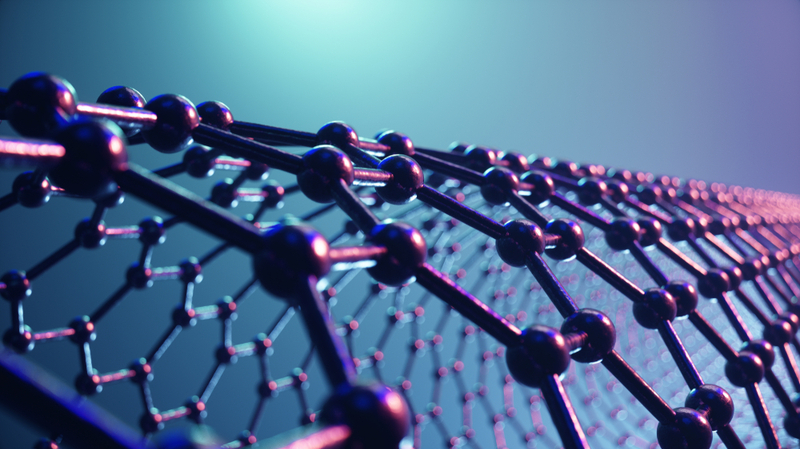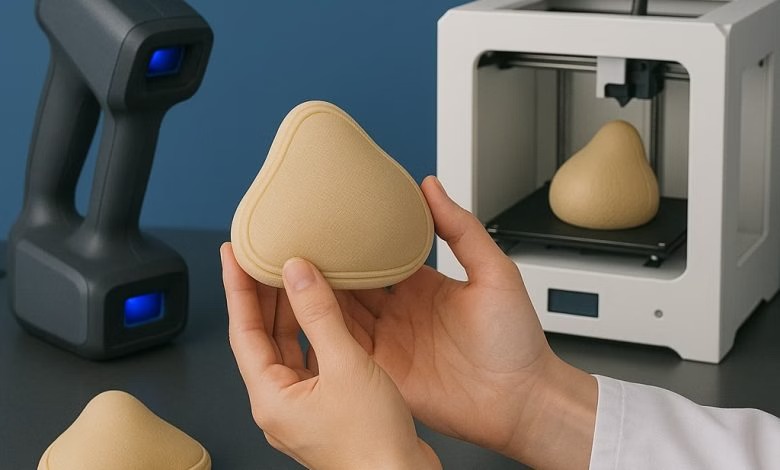Researchers from the University of Glasgow have developed 3D printed plastic structures that can sense when they are stretched, compressed, or damaged, and adapt accordingly.
Made from a high-performance plastic reinforced with carbon nanotubes (CNT), these smart lattices could be used in everything from medical implants to aerospace components. Published in Materials Horizons, the study details how the team combined polyetheretherketone (PEEK) with multi-walled CNT to create a material that is both structurally strong and electrically responsive. As the material deforms, its resistance changes, allowing it to self-monitor in real time.
Led by Professor Shanmugam Kumar from the University of Glasgow’s James Watt School of Engineering, the research saw contributions from the Polytechnic University of Marche and US-based Texas A&M University in the United States. It was supported by funding from India’s Department of Science and Technology , the National Science Foundation (NSF), and the UK’s Engineering and Physical Sciences Research Council (EPSRC).
“We’re essentially giving designers a toolkit for building the next generation of multifunctional materials, ones that are as intelligent as they are strong,” said Professor Kumar.
![Sequential design and transformation process for the generation of 2D auxetic structures with a relative density [small rho, Greek, macron] = 25%. Image via University of Glasgow.](https://3dprintingindustry.com/wp-content/uploads/2025/07/Glasgow-study.png)
Designing materials that sense stress
For this study, the team used a geometric modeling approach to design complex lattice structures based on Voronoi patterns and symmetry operations. These included auxetic structures, which expand sideways when pulled, unlike conventional materials. That behavior improves energy absorption and damage resistance. Some designs achieved Poisson’s ratios as low as -0.63, confirming strong auxetic performance.
The structures were 3D printed using an Apium P220 3D printer, a high-temperature FFF system suitable for engineering-grade polymers like PEEK. Custom filaments were made using Solvay’s KetaSpire PEEK and Graphistrength C100 CNTs, alongside a commercial conductive PEEK filament for benchmarking.
During testing, the printed lattices were stretched while their electrical resistance was monitored. At low strains, the materials showed gentle, predictable responses. As stress increased and internal damage developed, resistance changed sharply. In some samples, the strain sensitivity reached 80, especially in areas experiencing inelastic deformation, allowing early failure detection.
To support the experiments, the team built a computational model using finite element analysis. It predicted how electrical resistance would evolve under stress, capturing the full range from elastic deformation to failure onset.
By adjusting both the lattice geometry and the amount of carbon nanotube filler, the researchers demonstrated control over properties such as stiffness, auxeticity, and damage response. Stiffness ranged from 9 to 63 MPa depending on the structure, while the electrical conductivity of the material increased by several orders of magnitude compared to pure PEEK. Conductivity rose from 2.7 × 10⁻⁸ S/m in neat PEEK to over 3 S/m in the composite containing 6% nanotubes.
Bulk testing showed a stiffness increase of up to 45% with nanotube addition, though at the cost of reduced energy absorption. Gauge factors, indicating strain sensitivity, ranged from 6 to 26 depending on formulation. Some custom blends outperformed the commercial filament.
This combination of structure, sensing, and mechanical adaptability in one 3D printed part opens doors in applications that require both performance and reliability. Examples include orthopedic implants that track recovery, aerospace skins that detect wear, and protective systems that warn when compromised.
Instead of embedding separate sensors or electronics, the material itself becomes both structure and monitor. According to the researchers, this integration of material design, architecture, and predictive modeling could help advance the next generation of multifunctional materials for real-world use.

Research on self-sensing 3D printed parts
Beyond Glasgow University, researchers from Rey Juan Carlos University in Madrid successfully 3D printed self-sensing composite parts using Digital Light Processing (DLP) technology by reinforcing a commercial photopolymer resin with small amounts of (CNTs. These nanotubes formed conductive networks within the material, increasing its electrical conductivity by several orders of magnitude.
Mechanical and strain-sensing tests revealed a clear, linear relationship between strain and electrical resistance, with sensitivity improving at lower CNT concentrations due to proximity to the percolation threshold. The findings highlighted the potential of DLP-printed CNT composites for accurate, built-in structural health monitoring in critical infrastructure.
Netherlands-based Brightlands Materials Center researchers developed self-sensing 3D printed composite parts by integrating continuous carbon fibers directly into a thermoplastic matrix using an Anisoprint Composer A4 printer. Their method allowed for precise fiber placement along stress-critical regions.
In testing, a scale model of a pedestrian bridge showed a clear correlation between applied loads and changes in electrical resistance across the embedded fibers, confirming the material’s self-monitoring ability. The approach simplified fabrication and showed promise for structural health monitoring in applications such as prosthetics, bridges, and aerospace components.

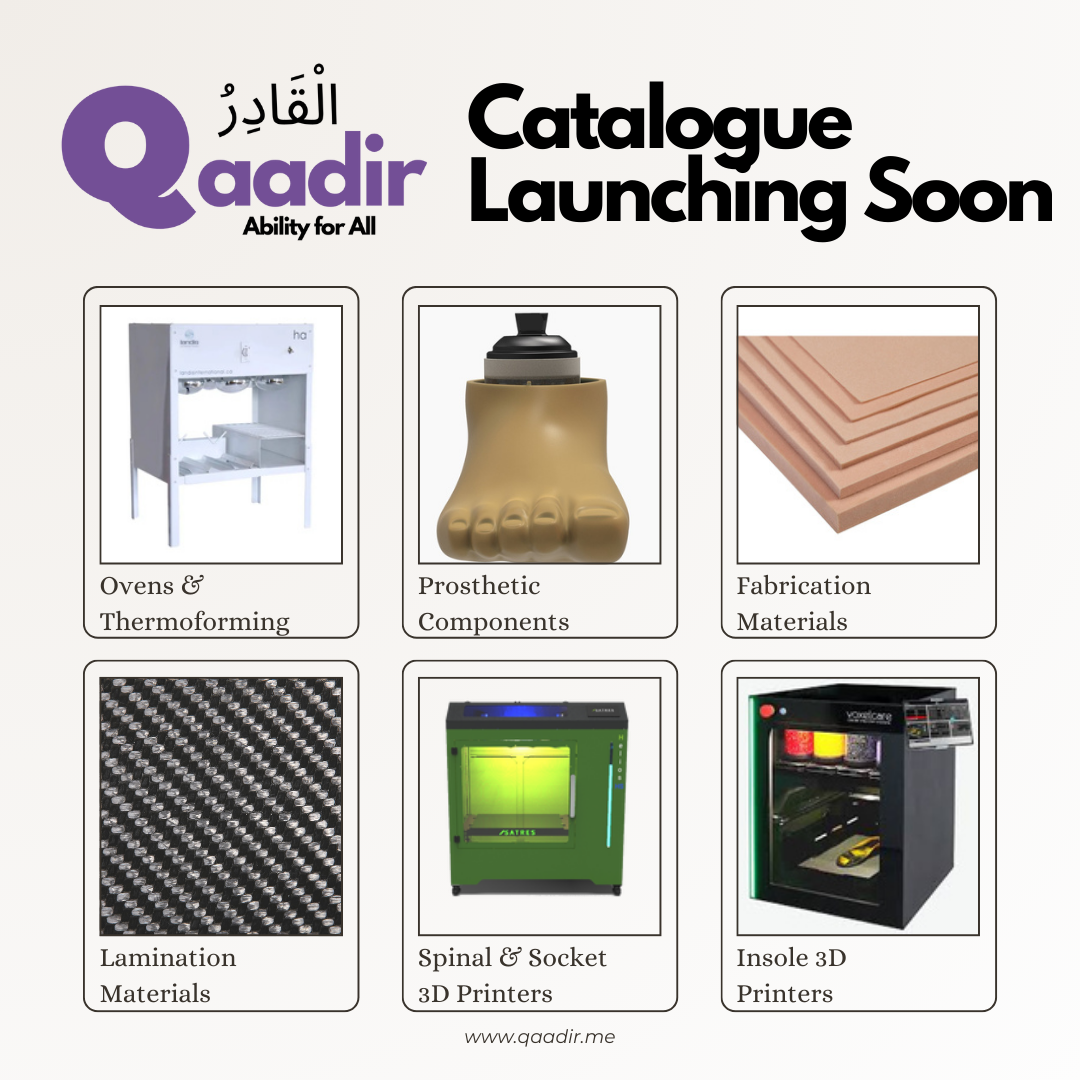
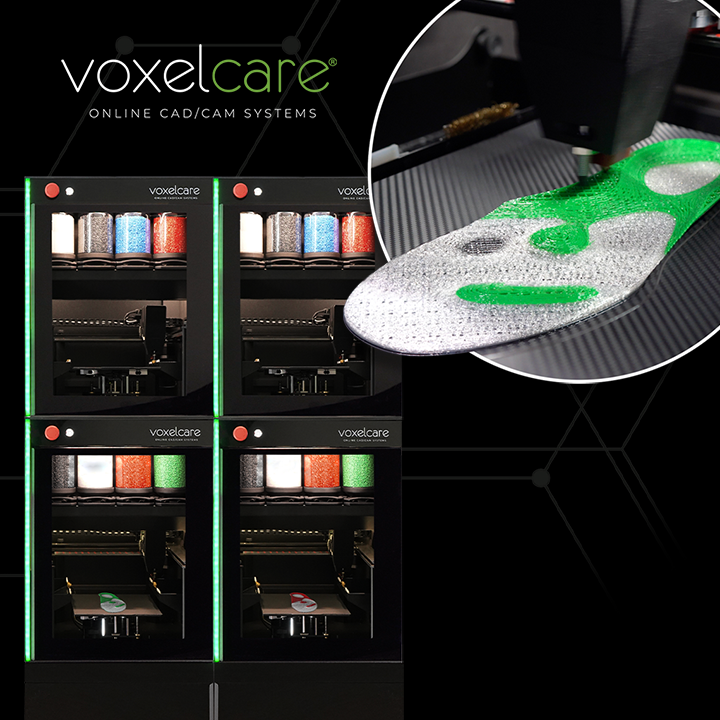

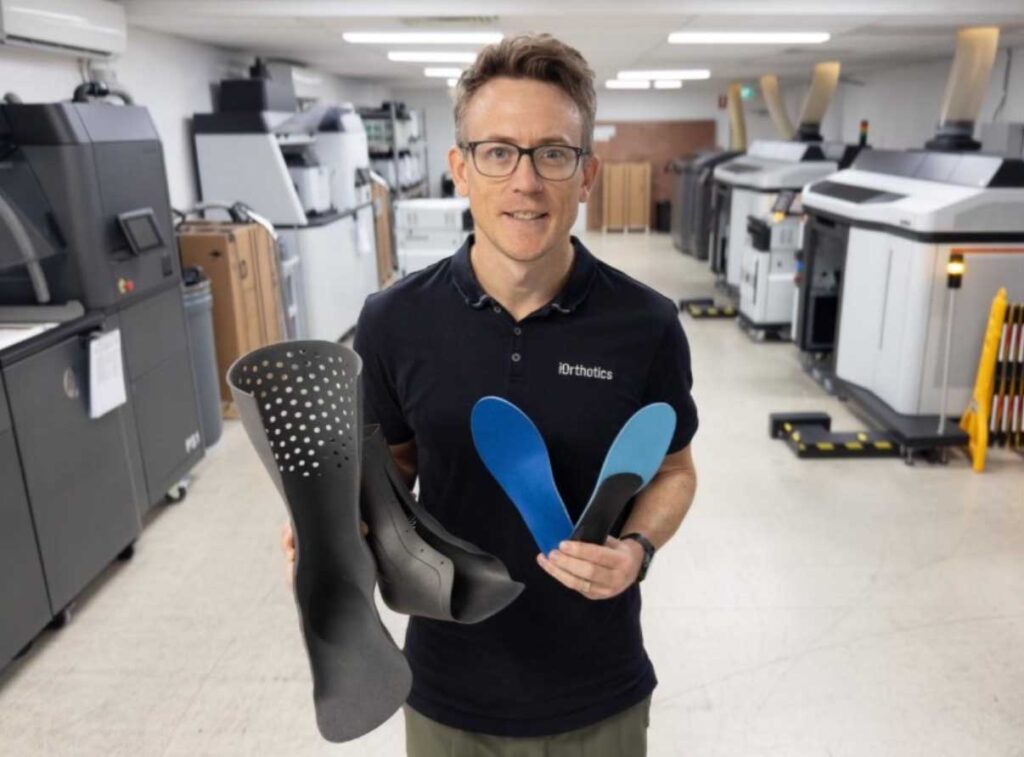
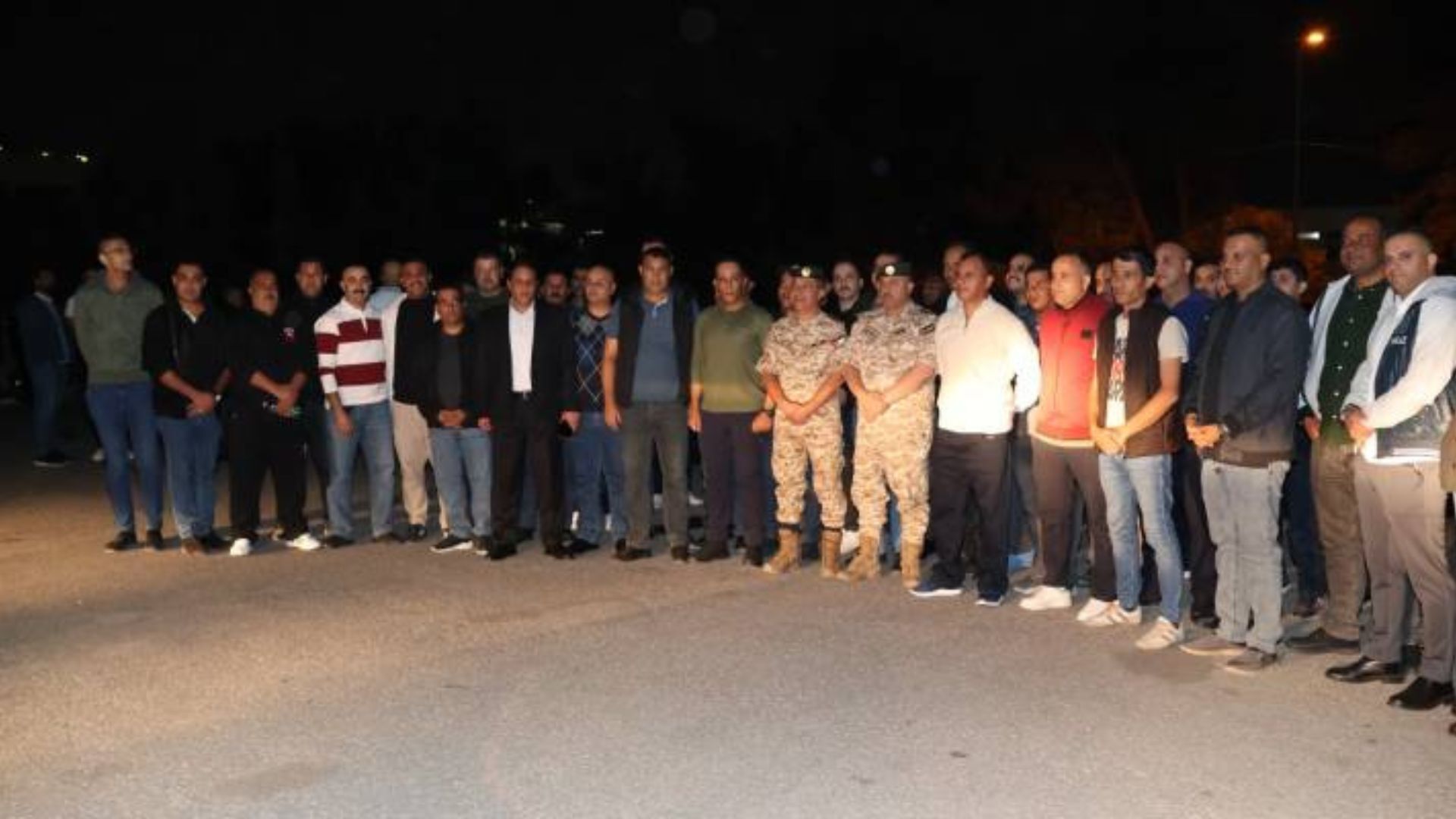
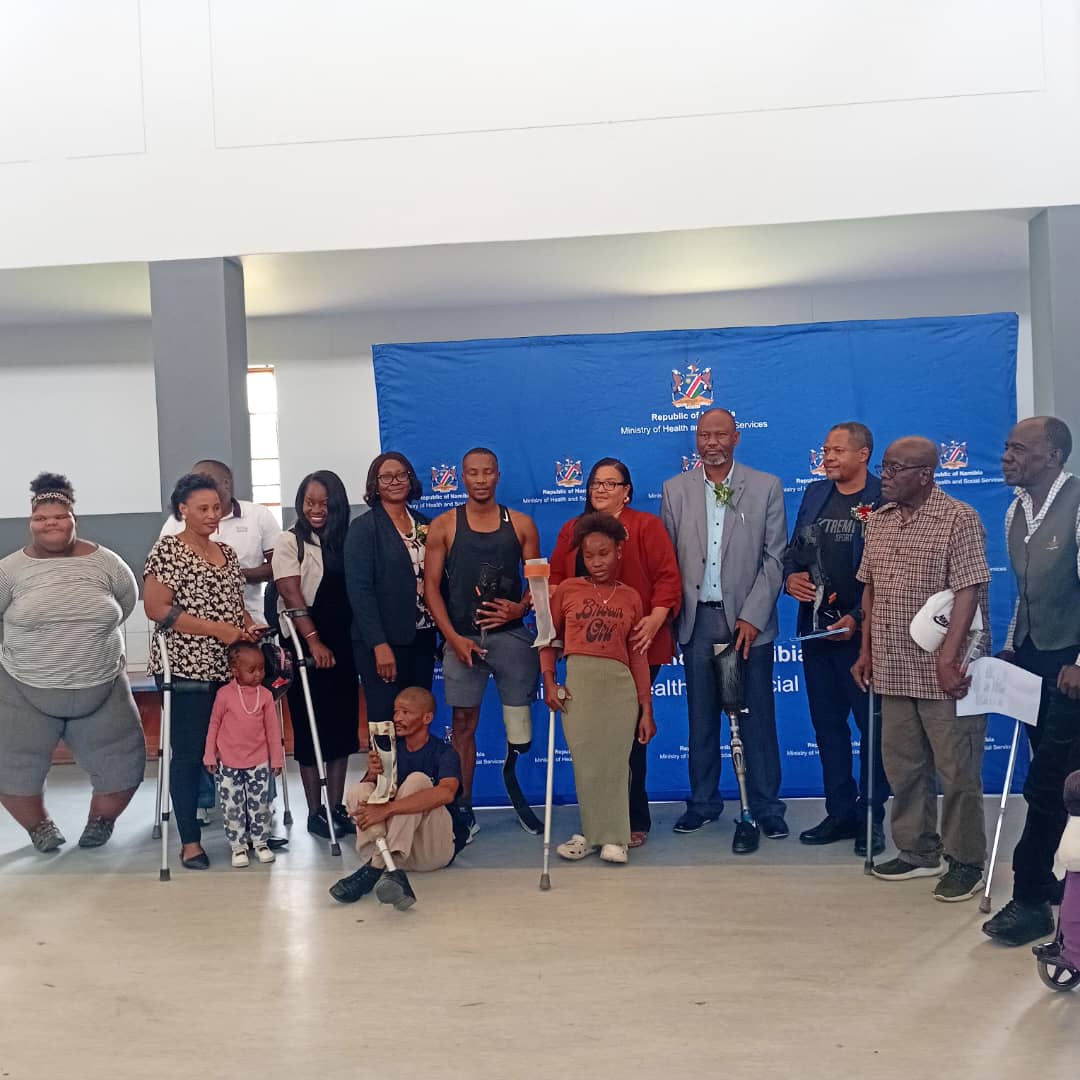
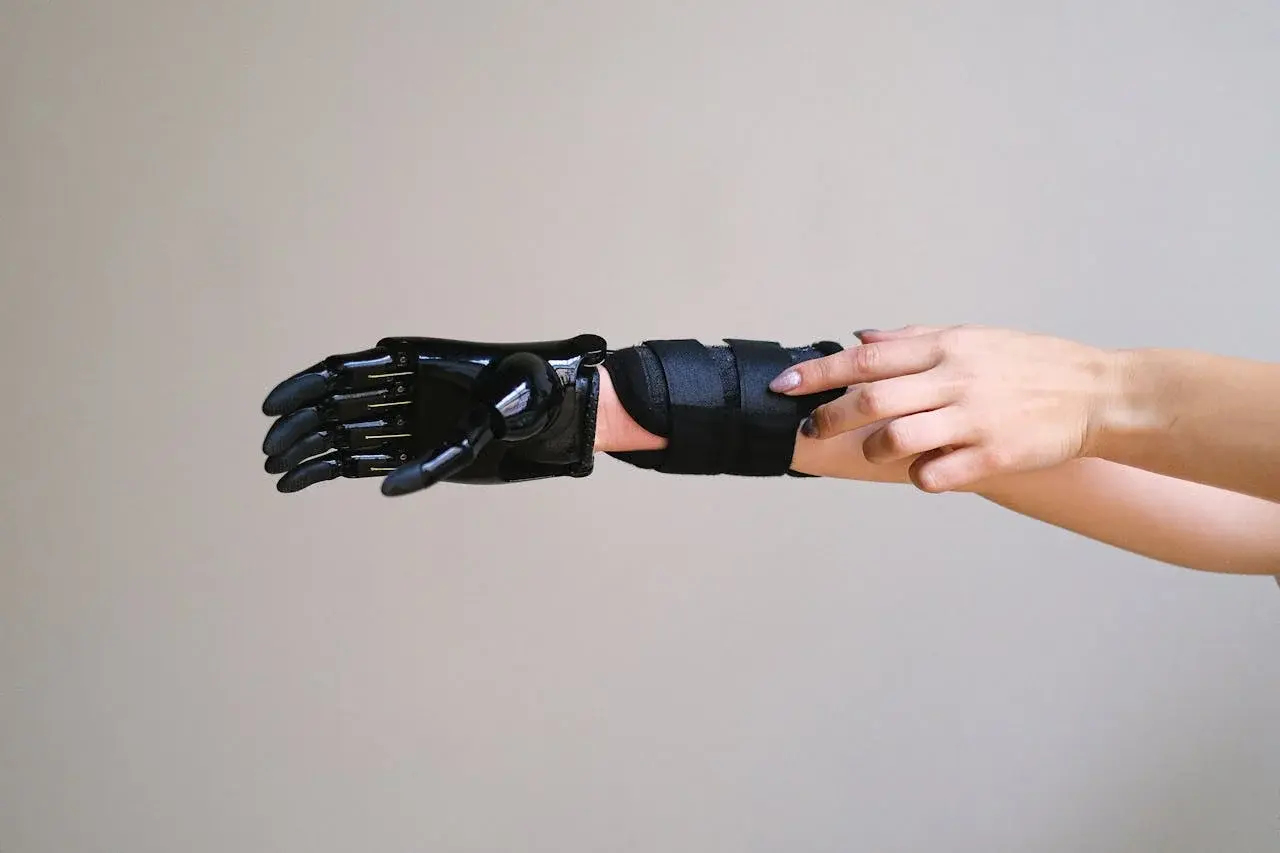
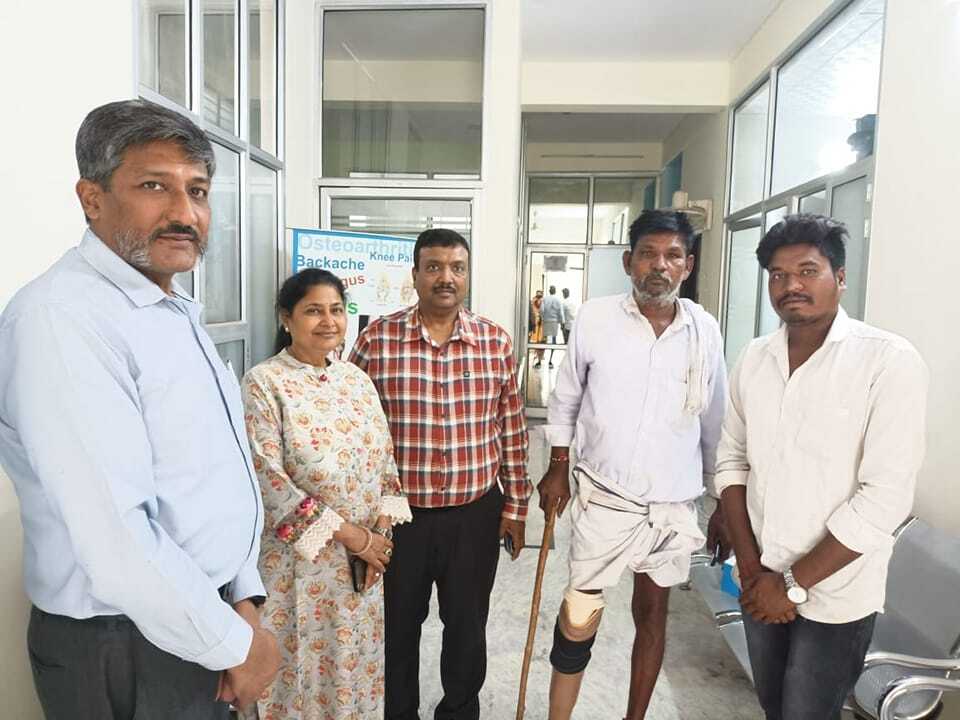
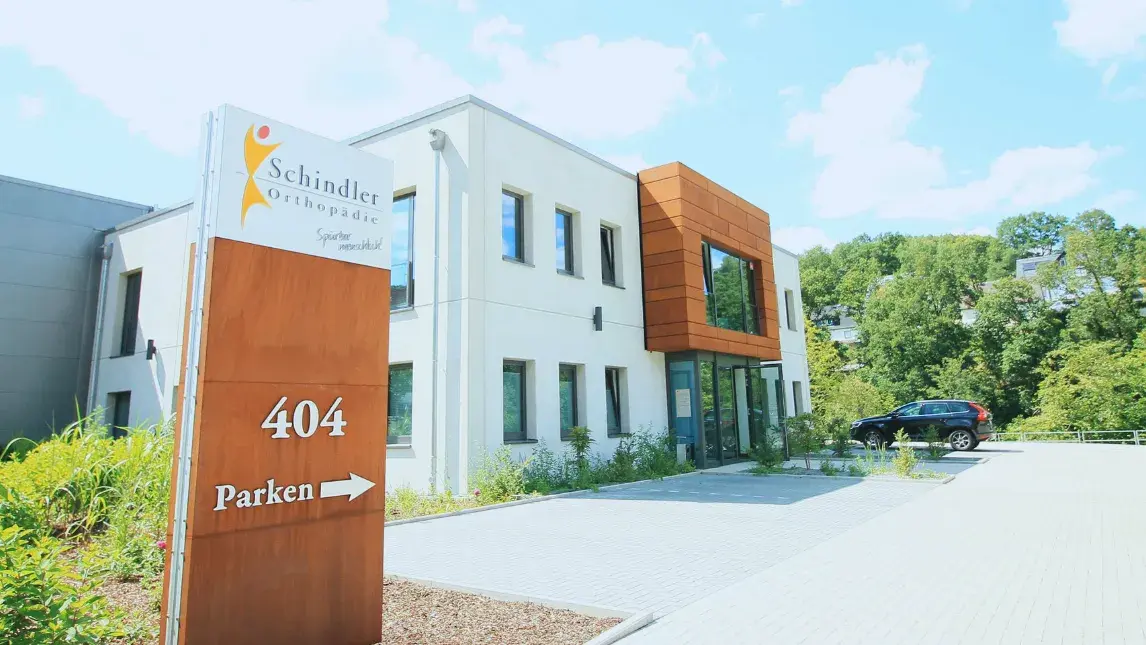

-1.png)
